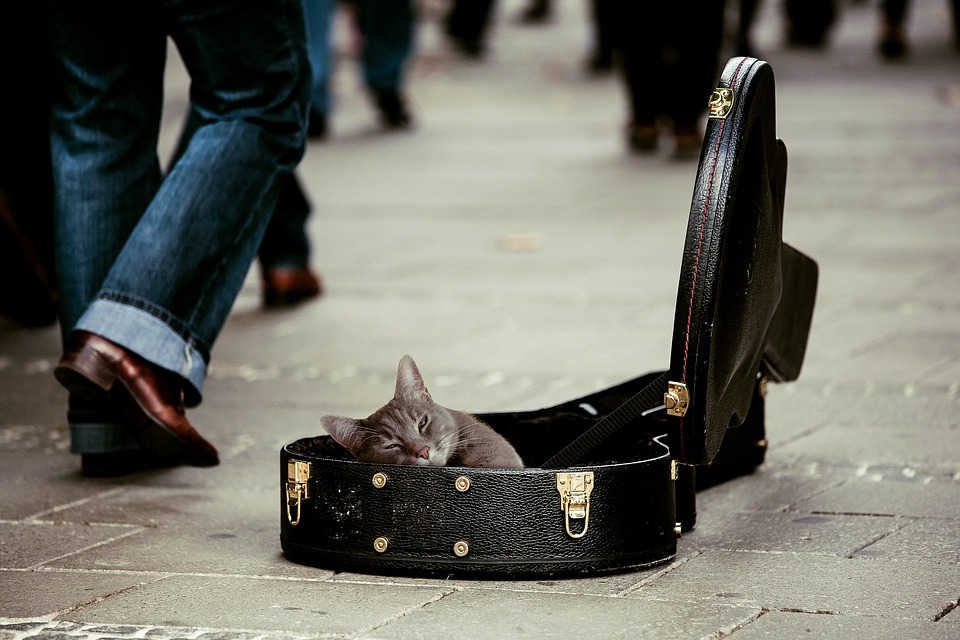Cats are known for their agility and flexibility, but just like humans, they can also develop joint issues as they age. Joint problems can significantly impact a cat’s quality of life, hindering their mobility and causing discomfort. While genetics and physical activity play a role in joint health, proper nutrition is crucial in supporting and maintaining healthy joints throughout a cat’s life. In this article, we will explore the importance of nutrition in promoting cat joint health and provide answers to frequently asked questions.
Before delving into the role of nutrition, it’s essential to understand cat joints and common joint issues that can affect them. Cats have several joints, including the shoulders, hips, elbows, and knees, which allow them to move and jump with ease. However, joint problems such as osteoarthritis, joint inflammation, and injury can occur, leading to pain, stiffness, and reduced mobility.
Certain nutrients play a vital role in supporting cat joint health. Omega-3 fatty acids, particularly EPA and DHA, have anti-inflammatory properties that can help reduce joint inflammation and pain in cats. Glucosamine and Chondroitin are building blocks for healthy cartilage and can support joint function and mobility. Antioxidants like vitamin E and vitamin C help reduce oxidative stress and inflammation in the joints, promoting overall joint health.
Feeding a balanced diet is crucial for maintaining optimal joint health in cats. A diet that includes high-quality protein, essential fatty acids, vitamins, and minerals can support overall joint function and help prevent joint problems. It is important to choose cat food that is specifically formulated for joint health and contains the necessary nutrients.
Obesity is a significant risk factor for joint issues in cats. Excess weight puts additional strain on the joints, leading to increased wear and tear. Proper nutrition, combined with portion control and regular exercise, can help maintain a healthy weight and reduce the risk of joint problems.
Some cat food brands offer specialized diets formulated to support joint health. These diets usually contain ingredients such as glucosamine, chondroitin, omega-3 fatty acids, and antioxidants, which can provide targeted support for cat joint health. It is always important to consult with your veterinarian before making any changes to your cat’s diet or introducing new supplements.
While nutrition plays a vital role in supporting joint health, it cannot cure or reverse existing joint problems. However, a well-balanced diet can help manage symptoms, slow down disease progression, and prevent further joint deterioration. If you notice any signs of joint issues in your cat, such as limping, stiffness, difficulty jumping or climbing, decreased activity, changes in grooming habits, or irritability, it is important to consult with your veterinarian for a proper diagnosis and treatment plan.
Joint supplements can be beneficial for cats with joint issues or older cats at risk of developing joint problems. However, it is important to consult your veterinarian before starting any supplements to ensure they are appropriate for your cat’s specific needs. Giving human joint supplements to cats is not recommended without veterinary guidance, as they may contain ingredients that can be toxic to cats or may not provide the appropriate dosage for feline needs.
In addition to proper nutrition, you can help prevent joint issues in your cat by maintaining a healthy weight, providing regular exercise, and ensuring they have a comfortable and safe environment to move around. Regular check-ups with your veterinarian can also help detect any early signs of joint problems and allow for prompt intervention.
Proper nutrition plays a vital role in supporting cat joint health. A balanced diet, rich in essential nutrients, can help maintain healthy joints, manage symptoms of joint issues, and prevent further deterioration. Consult with your veterinarian to determine the best nutrition plan for your cat’s specific needs and ensure their joints remain healthy and mobile for years to come.








